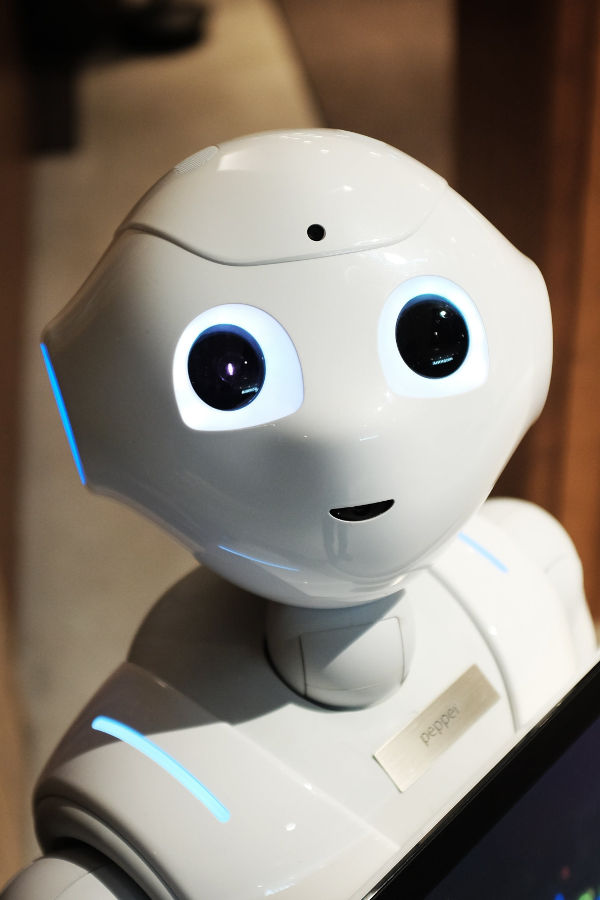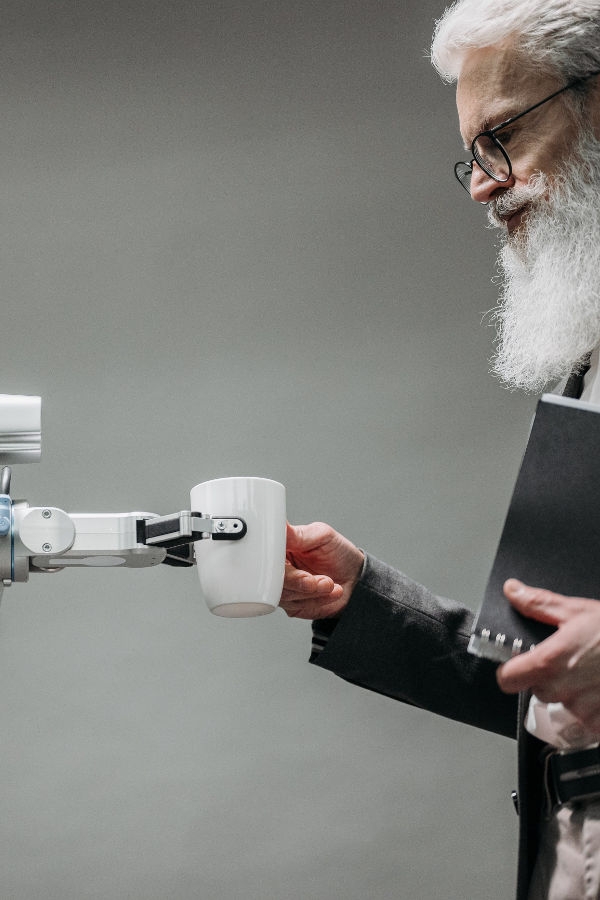オンラインコースにはいつでも登録できます。
- このウェブサイトのチャットでお問い合わせいただき、特定のオンラインコースのクラス開始予定日を事前にご同意ください。
- 事前の合意の直後に、特定の合意されたオンラインコースを購入してください。
- ご購入後、事前に合意したとおりにクラスの開始をスケジュールし、必要なすべての指示を行います。
Refer to "Purchases and Payments" section (リンク) of the "Terms and Conditions" (リンク).
知識とスキルのリフレッシュ:
復習が要求された場合は、特定の主題についてすでに十分に理解しており、できるだけ早く知識を更新することに集中していることを前提としています。同じかそれ以上の簡潔な指導を受け、時間はかからず、より高度な演習を受けることができます。これにより、より速いペースで進めることができるため、締め切りが厳しい場合に推奨されます。
個人チューターで学ぶ:
個人チューターによる学習をリクエストした場合、同じ専任チューターが、個人チューターがリクエストされた特定のオンラインコースでの進捗状況を注意深く監視します。これにより、より正確で、生徒固有の、高度にパーソナライズされた個別指導(指導、動機付け、概念の明確化、学習を強化するための支援)が提供されます。ただし、個人指導は、その時に直面するスケジュールの問題により、ゆっくりとしたペースで進む可能性があるため、締め切りが厳しくない場合にのみ推奨されます。




